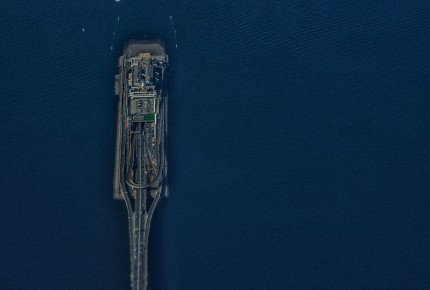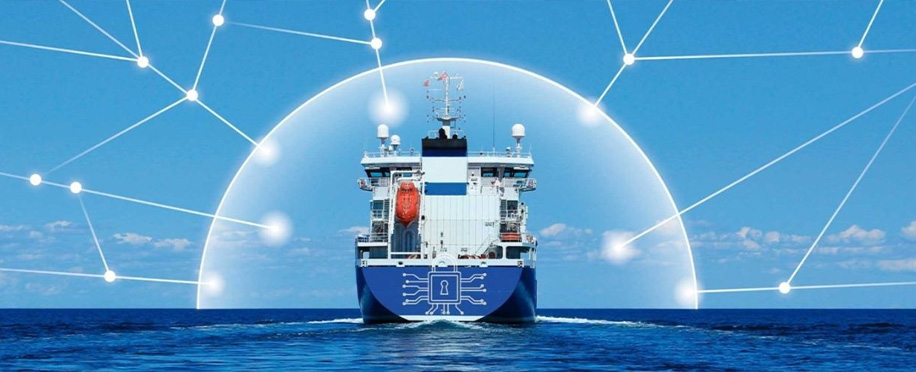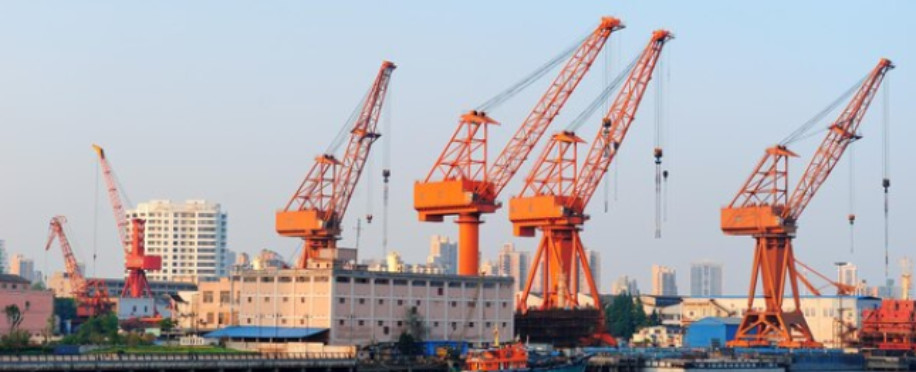Japan Sets up a Maritime Transport Unit to Assist Far-Flung Island Bases

Posted on Apr 10, 2025 at 10:04 PM
Japan's Defence Ministry has introduced the Maritime Transport Group, a new military unit aimed at improving maritime logistics for the Japan Self-Defence Forces (JSDF). The unit will facilitate quick deployment of equipment and ground forces to front-line bases.
In 2018, the Japanese Defence Force (JSDF) announced plans for a maritime transport unit to enhance its ability to transport troops to isolated islands, especially that west of Okinawa, in response to China's maritime expansion and potential Taiwan invasion.
The JGSDF's Role in National Defence
The Japanese army, known as the JGSDF, will oversee the new Maritime Transport Group, a part of the country's strategy to strengthen its island defence system. This is similar to the U.S. Army Watercraft Systems division, which houses the landing craft fleet.
Additionally, the Ground, Maritime, and Air Self-Defence Forces are the three branches of the JSDF that make up the roughly 100 members of the Maritime Transport Group. By March 2028, the ministry intends to acquire ten vessels for the unit's operations.
Two logistics support vessels (LSVs), four landing craft utility (LCUs), and four manoeuvre support vessels are among the vessels. The Hanshin base in Kobe city and Kure base will serve as their bases. In Kagoshima Prefecture, wharves are also planned for the island of Amami-Oshima. They have already launched two ships.
Last October, the LCU Nihonbare made its debut at the Naikai Zosen shipyard in Onomichi City, Hiroshima. The LCU has an approximate displacement of 2,400 tonnes, a draft of 3 metres, and a length of 80 metres. It can carry a dozen twenty-foot containers and can accommodate a crew of thirty. The LCU can also load and unload on sandy areas thanks to its beaching capabilities.
At the same shipyard, the LSV Yoko was launched a month later. With a displacement of 3,500 tonnes and a draft of 4 metres, the LSV is roughly 120 metres long. It has a side ramp on the starboard side for loading and unloading supplies and vehicles. Not like Nihonbare, though; Yoko is incapable of beaching.
The ISPS Code courses in London define the duties of governments, shipping firms, employees on board ships, and port staff in identifying and averting security risks that impact global trade.

The Territorial Conflict's Present State
China's growing assertiveness in the East China Sea is a result of Japan's strengthening of its military transport capabilities, a maritime dispute over Japan's control of the Senkaku/Diaoyu Islands, with China sending a record number of heavily armed ships to patrol the islands in the last year.
The Japan Coast Guard (JCG) reports that on 355 of 366 days in 2024, Chinese government vessels entered the Islands' contiguous zone (12 to 24 nautical miles off the coast). The record for the most days since Chinese vessels were officially confirmed to be patrolling the Islands was set in 2008.
Japan's Defence Minister, Gen. Nakatani, has emphasised the need for improved transportation to the southern islands due to tensions around the Taiwan Strait.
On April 1, Yoshimasa Hayashi, the chief cabinet secretary of Japan, stated that Japan is keeping a careful eye on China's military exercises close to Taiwan.
In response, China's Foreign Ministry spokesperson Guo Jiakun warned Japan about the significance of the Taiwan issue for national interest and China-Japan relations. He called on Japan to be cautious in regional affairs because of its historical responsibility and the deep wounds caused by its colonial rule over Taiwan.
Read more news:


